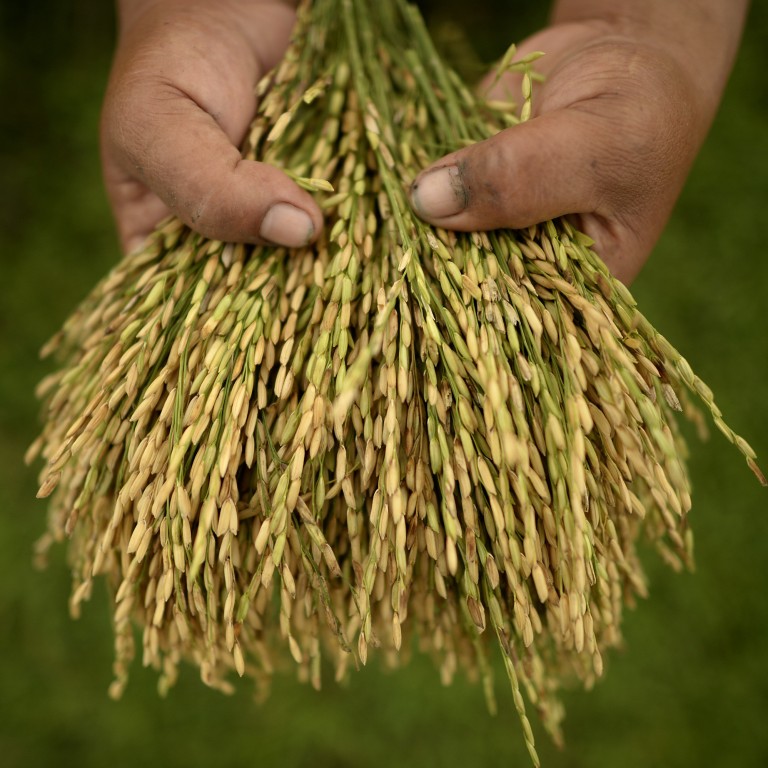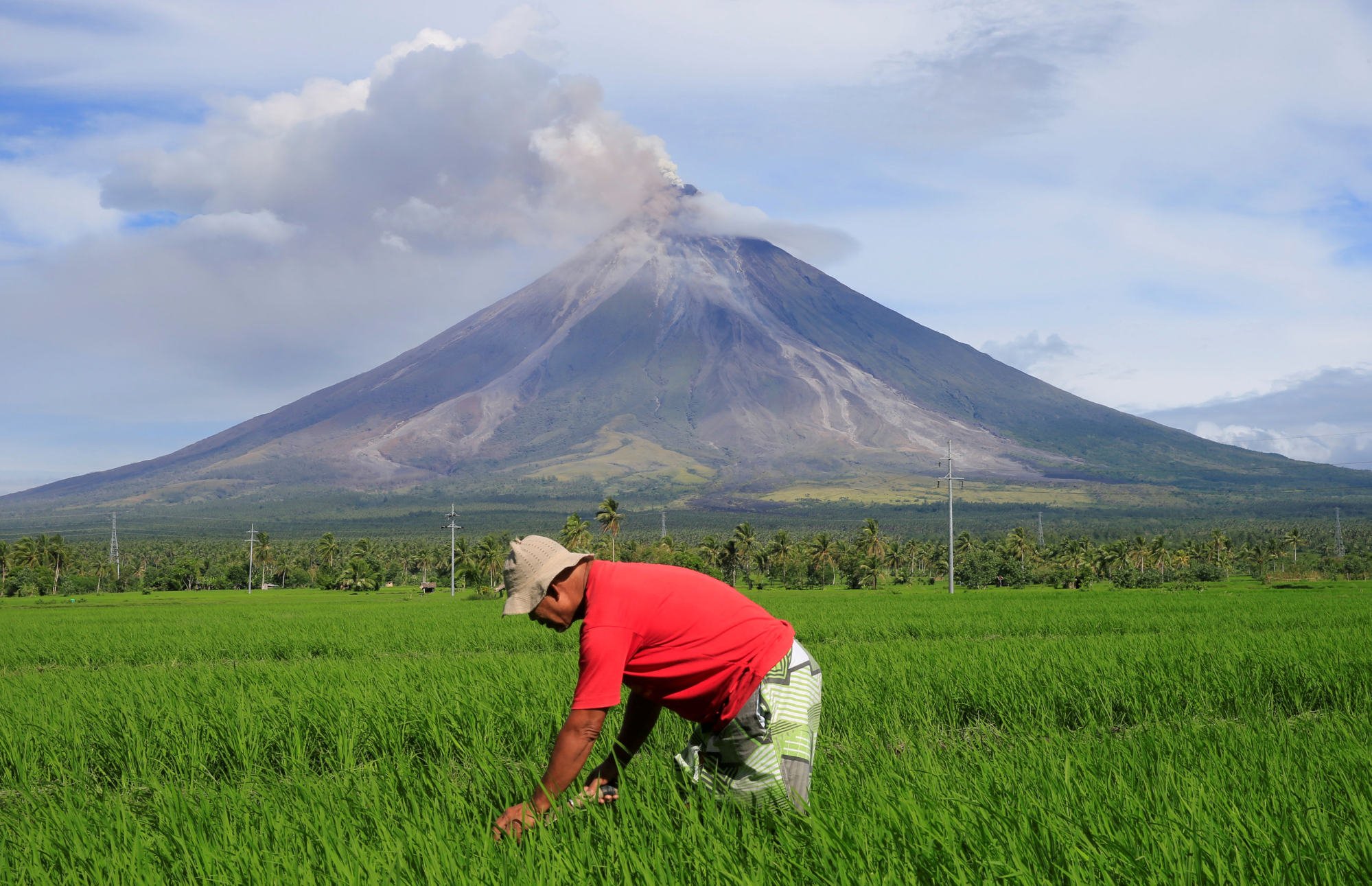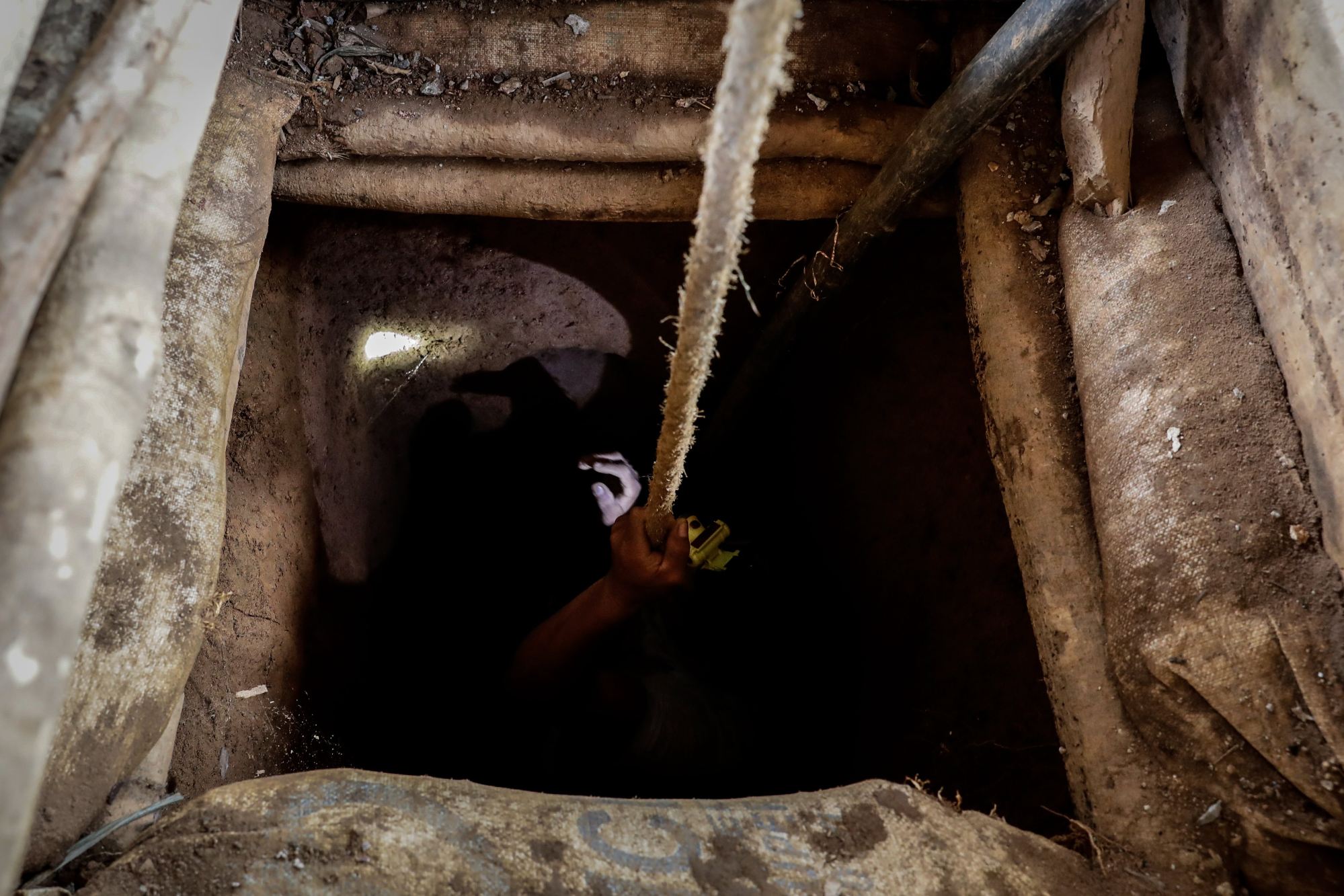
Philippines to fix weak spots in US$500 billion economy plan – targets farming and industry
- The incoming economic planning secretary Arsenio Balisacan says he will target at least 6 per cent annual growth throughout the term of President Marcos Jnr
- Farming and industry output currently account for less than 40 per cent of gross domestic product and will be the ‘priority’
Philippines’ incoming economic planning secretary Arsenio Balisacan plans to bolster the economy’s weak spots as he targets at least 6 per cent annual growth throughout the term of President-elect Ferdinand Marcos Jnr.
The next administration must boost investment in agriculture and manufacturing and build infrastructure to grow the economy between 6 per cent-8 per cent annually to 2028, Balisacan said in an interview Wednesday. Farm and industry output currently account for less than 40 per cent of gross domestic product, while services contributes the majority.
“I would like to see those weakest points as the priority of the administration,” said the 64-year-old, who’s currently chairman of the nation’s antitrust commission.
Consistently growing at the rate of 6 per cent for six years will make Philippines a half-a-trillion dollar economy, according to Bloomberg calculations. The nation’s first-quarter expansion of 8.3 per cent is already among Asia’s fastest, thanks to the reopening from the pandemic. Still, Marcos’s team faces immediate challenges: inflation is at its fastest in three years, budget deficit has widened and the global outlook has dimmed.
Despite those challenges, Balisacan is confident the economy can expand by at least 7 per cent this year, within the official growth estimate, riding the recovery from the record contraction in 2020 due to the pandemic. He said he will push for more targeted support measures to ease inflation’s burden on the poor while ensuring “tight” government finances are managed properly.
“We can achieve more with less,” he said, adding that a review and streamlining of beneficiaries are needed. The nation also cannot afford removal of certain taxes on goods as proposed by some sectors, he said.
Balisacan will draw from his experience in crafting a new economic development plan. Before taking helm of the antitrust body, he served as economic planning secretary of the late president Benigno Aquino from 2012 to 2016.
To sustain economic growth of at least 6 per cent, the next administration must address red tape and build infrastructure needed to attract investment in manufacturing and agriculture, said Balisacan, who holds a PhD in Economics from the University of Hawaii.
Given a budget deficit inflated by pandemic-era support programmes, companies and multilateral development agencies may be tapped to finance roads, rail and irrigation, he said. Balisacan helped manage the Aquino administration’s flagship public-private partnership infrastructure programme.
Funnelling investment into lagging sectors is also crucial in creating jobs and bringing down the poverty rate to 9 per cent from 23.7 per cent as of mid-2021, Balisacan said.
The incoming economic planning secretary is widely seen by analysts to bring poverty and rural development flavours into policymaking, thanks to his background.

Born into a tenant-farmer family in Ilocos Norte province, where the Marcos family also hails from, Balisacan took up agriculture in college before venturing into economics for his graduate degrees. His first job was to survey farmlands for an agriculture research agency, he said. “That exposed me to many problems of farmers around the country.”
Asked why he accepted his new post, Balisacan, whose family was looking forward toward his retirement next year, said it was “call of duty.” He was adviser to Marcos when the incoming president was Ilocos Norte governor.
“I was surprised,” he said about Marcos’s offer. “I don’t mix politics and my work. Politics is not in my DNA, fortunately or unfortunately.”
Mining less than 1 per cent of economic output
As part of an 18-year plan to develop its fledgling mineral sector and boost its contribution to economic growth, The Philippines will sell idle state-held mining assets from next year, the industry regulator said on Wednesday.

The Philippines is China’s biggest supplier of mostly low-grade nickel ore used to produce nickel pig iron, a raw material for stainless steel, but mining accounts for less than 1 per cent of its overall economic output.
Though more than a third The Philippines’ land area has been identified as having “high mineral potential”, less than 5 per cent of its mineral reserves has been extracted so far, according to the mines bureau.
Assets up for sale include several nickel and copper mines and copper-gold projects, all in central and southern provinces, which the government took over from private firms several years ago and were subject to a legal review launched in 2020.
In a quarterly report, the Mines and Geosciences Bureau (MGB) said the assets sale was part of an 18-year plan that aims to boost investor confidence in the Philippine mining sector, then expand domestic ore production and mineral assets, and sell government-held mines.
From 2026 to 2040, the plan focuses on improving infrastructure for mining and domestic processing to increase mineral exports value, the report said.
Restrictive policies saw the industry stagnate for years. President Rodrigo Duterte, whose six-year term ends on June 30, has recently lifted restrictions in the sector, including a ban on opencast mining.

